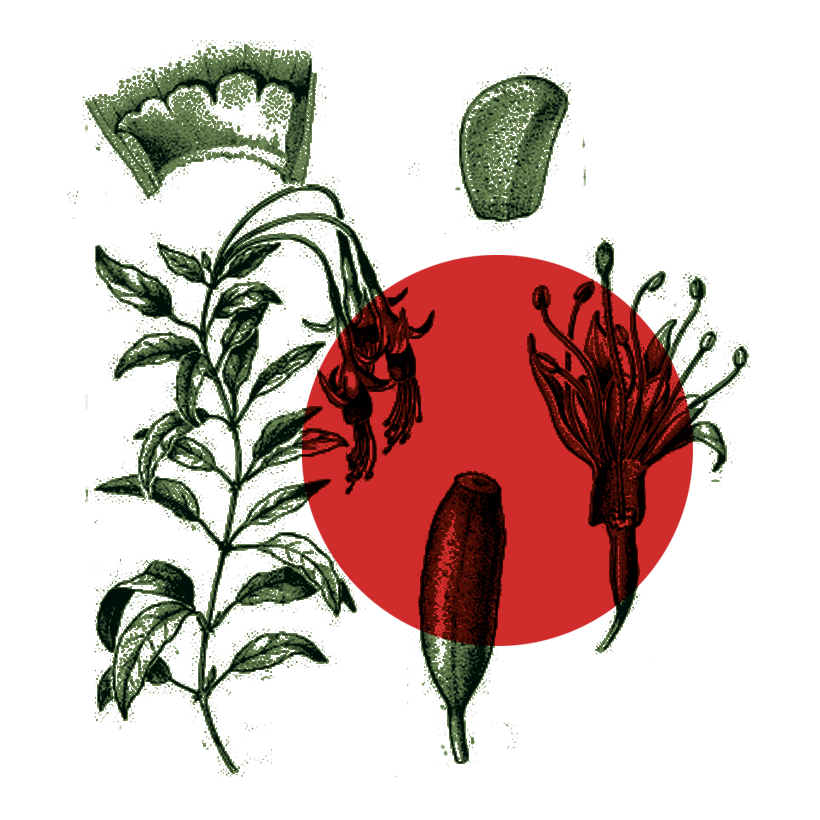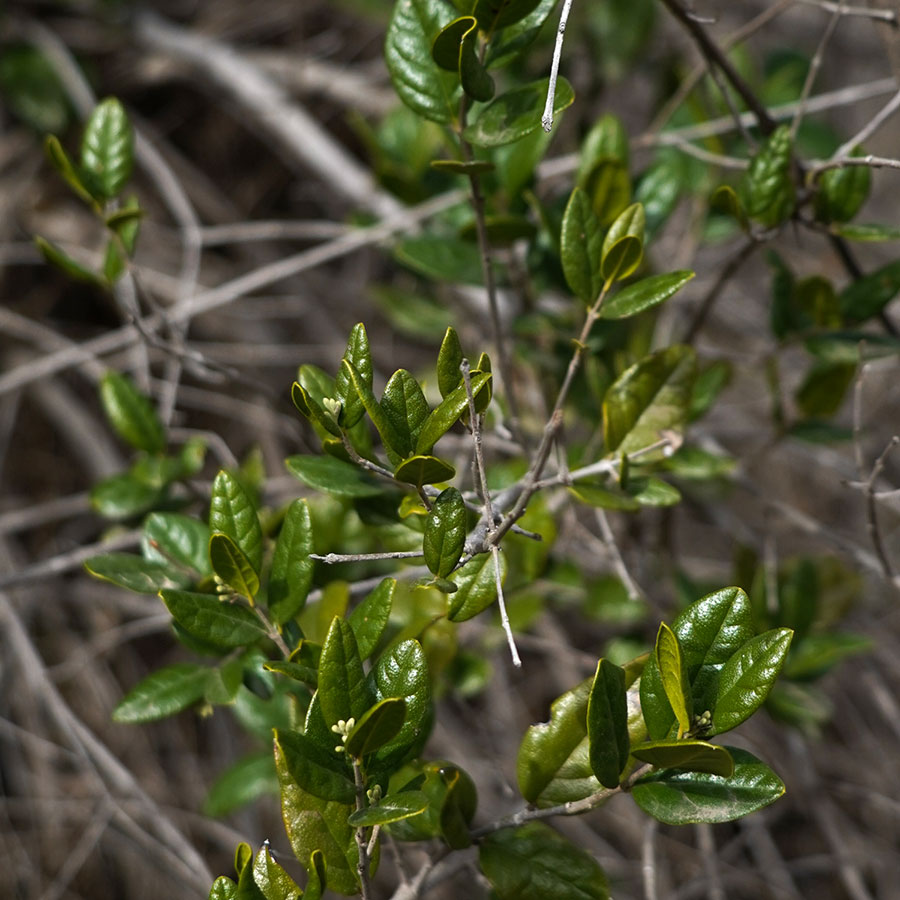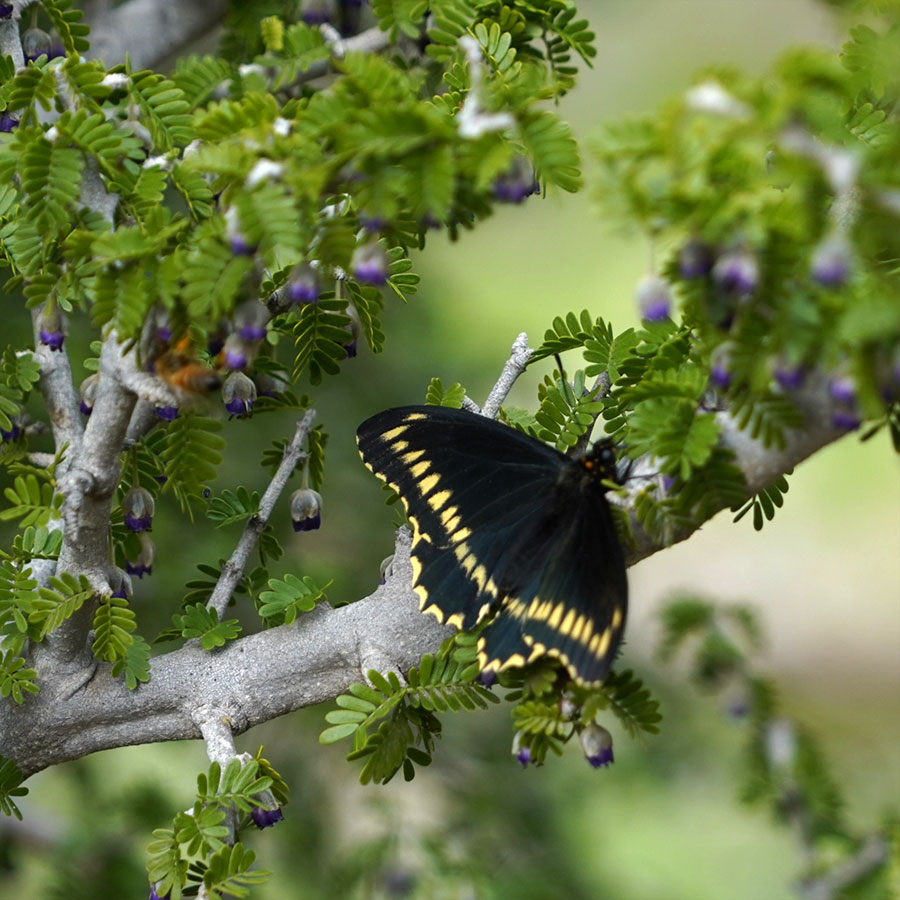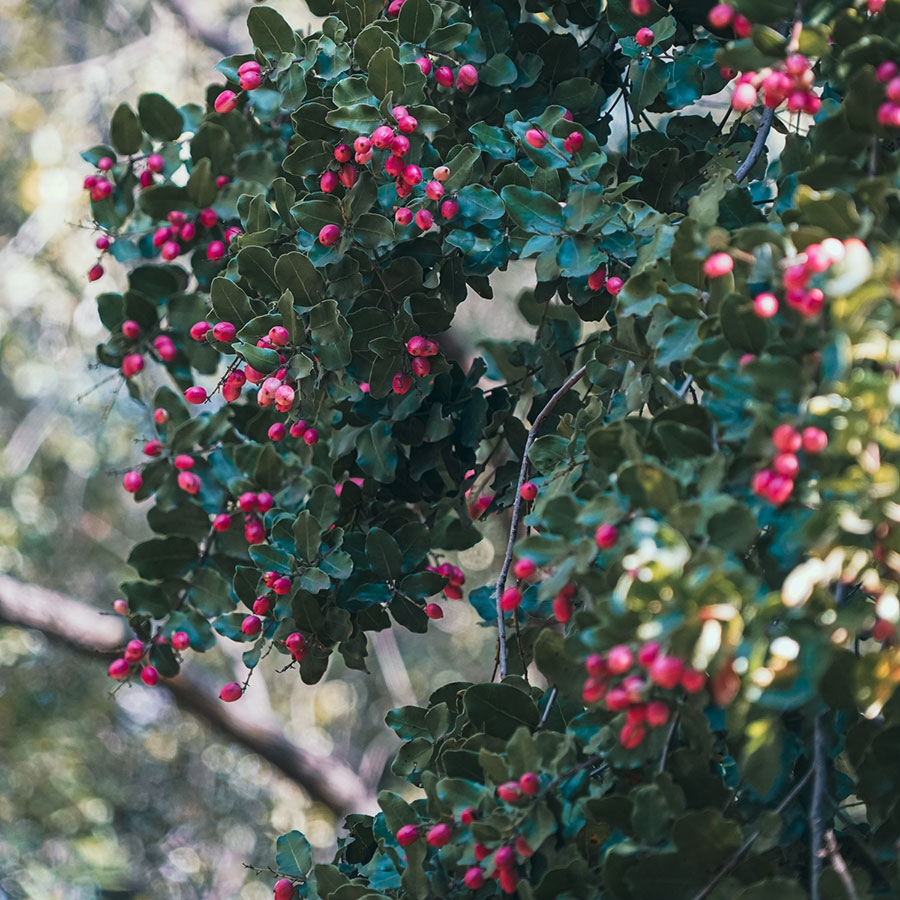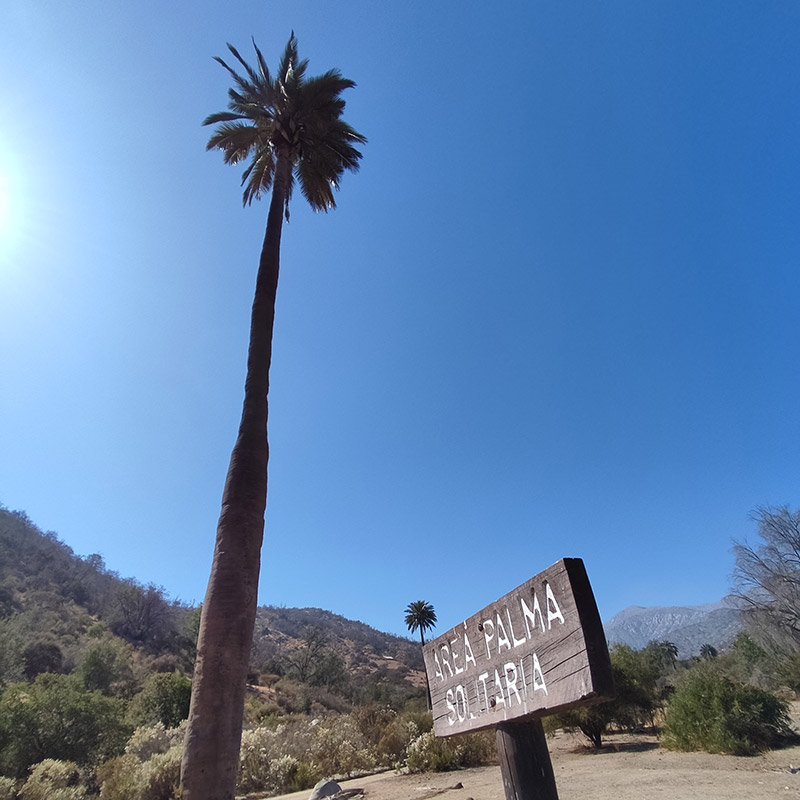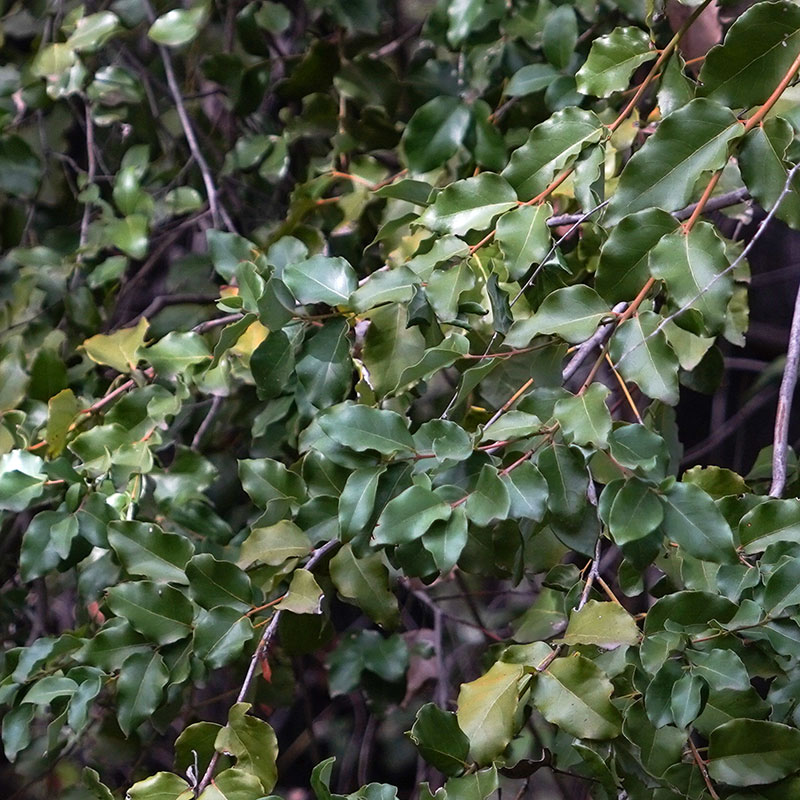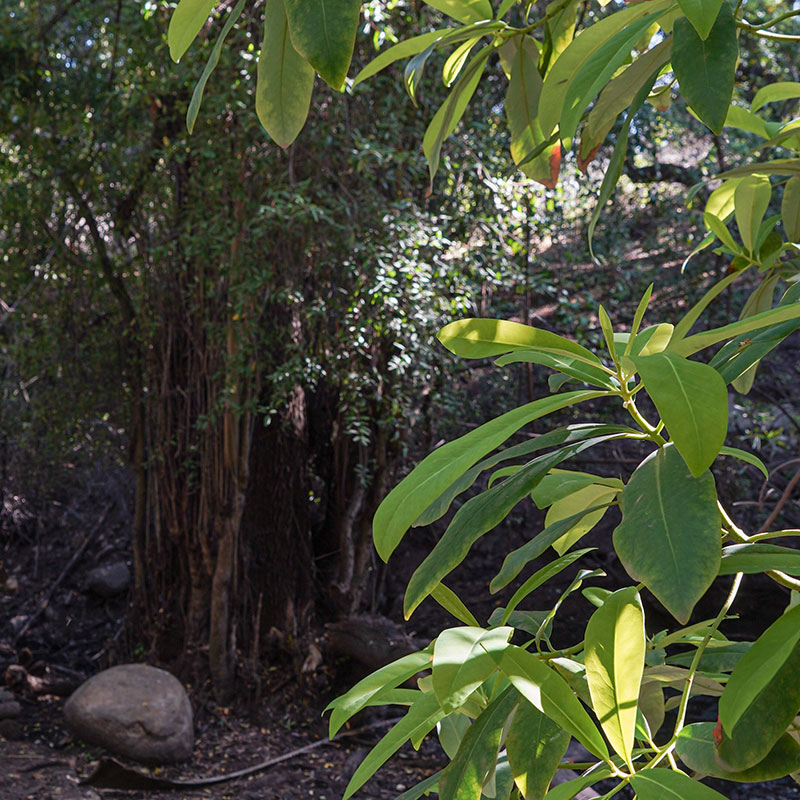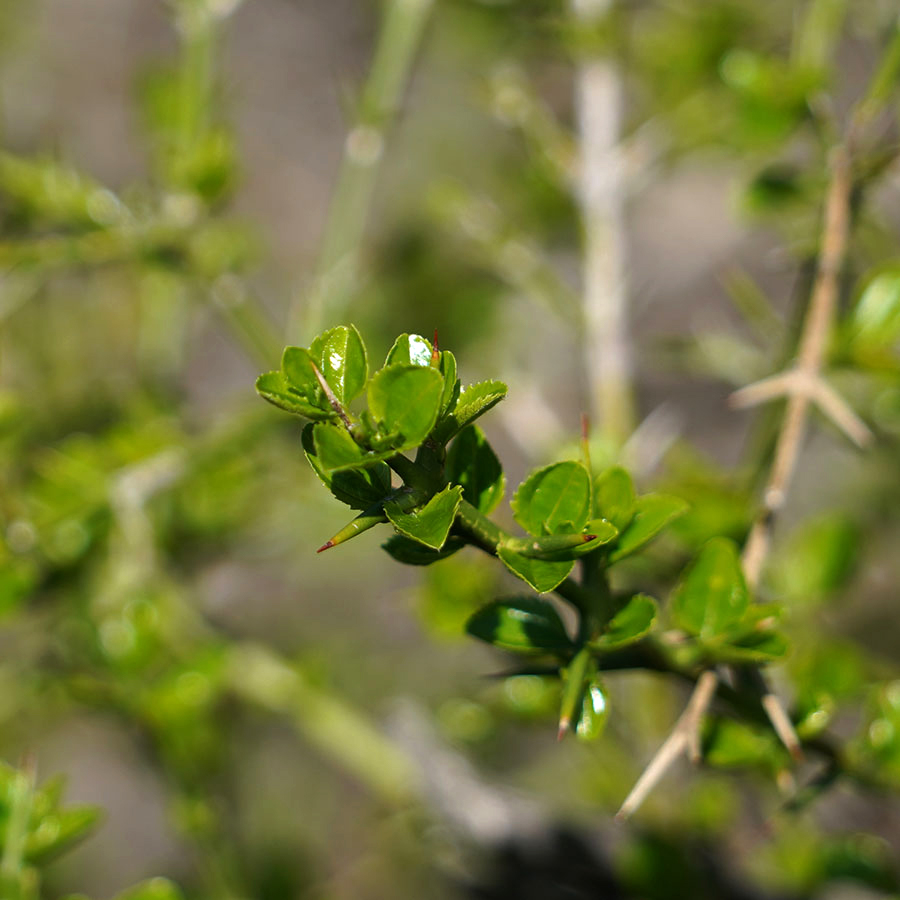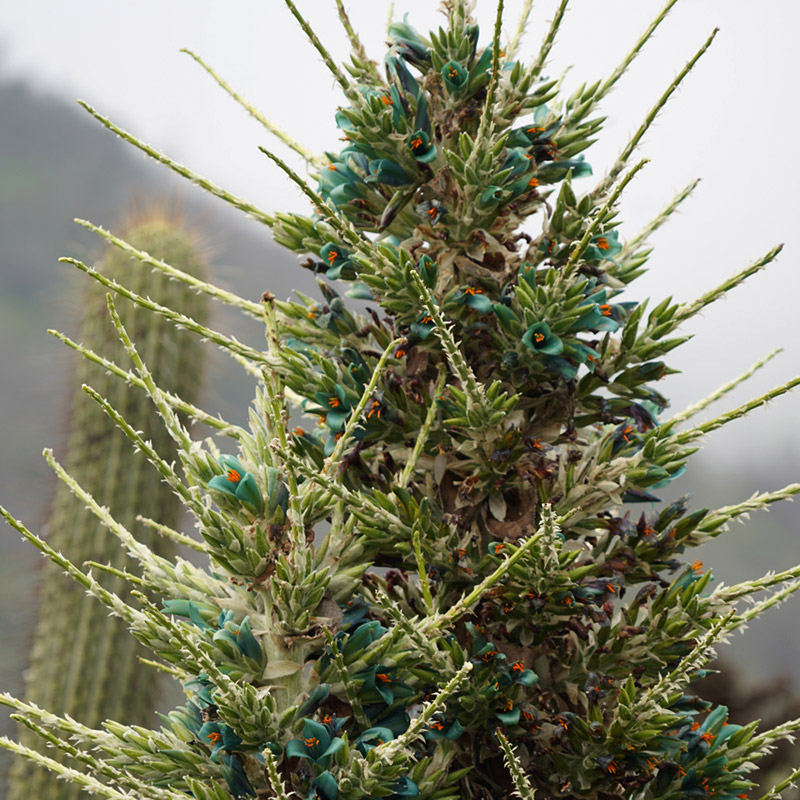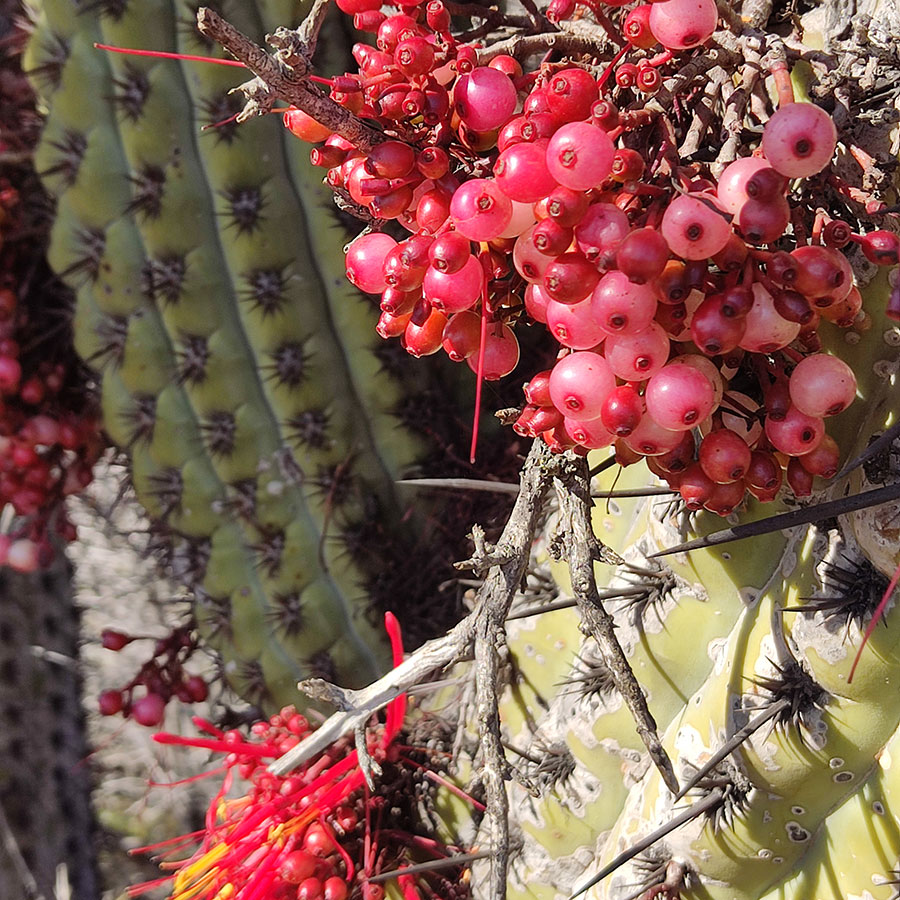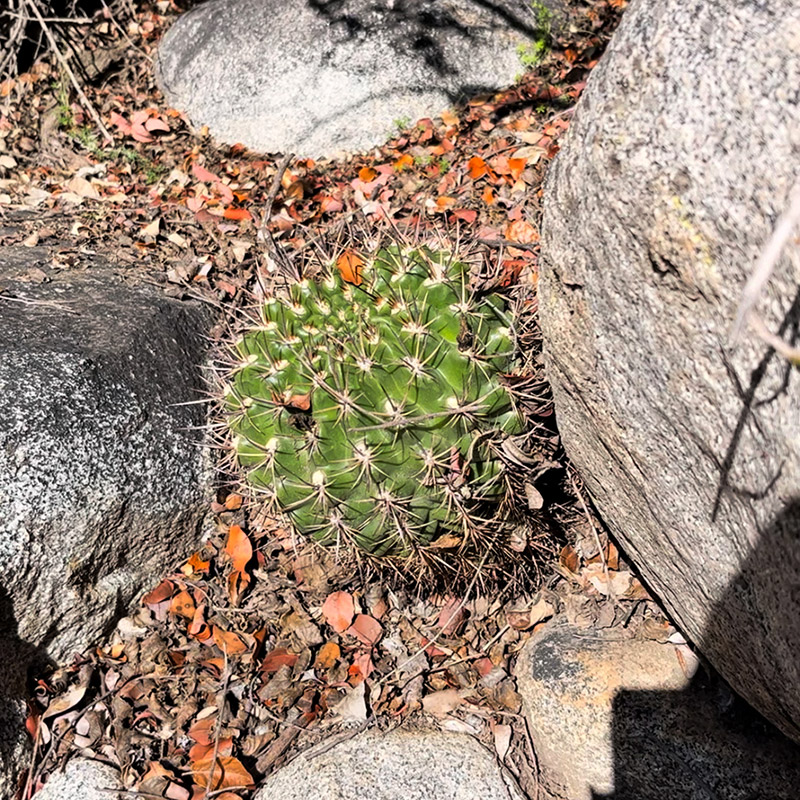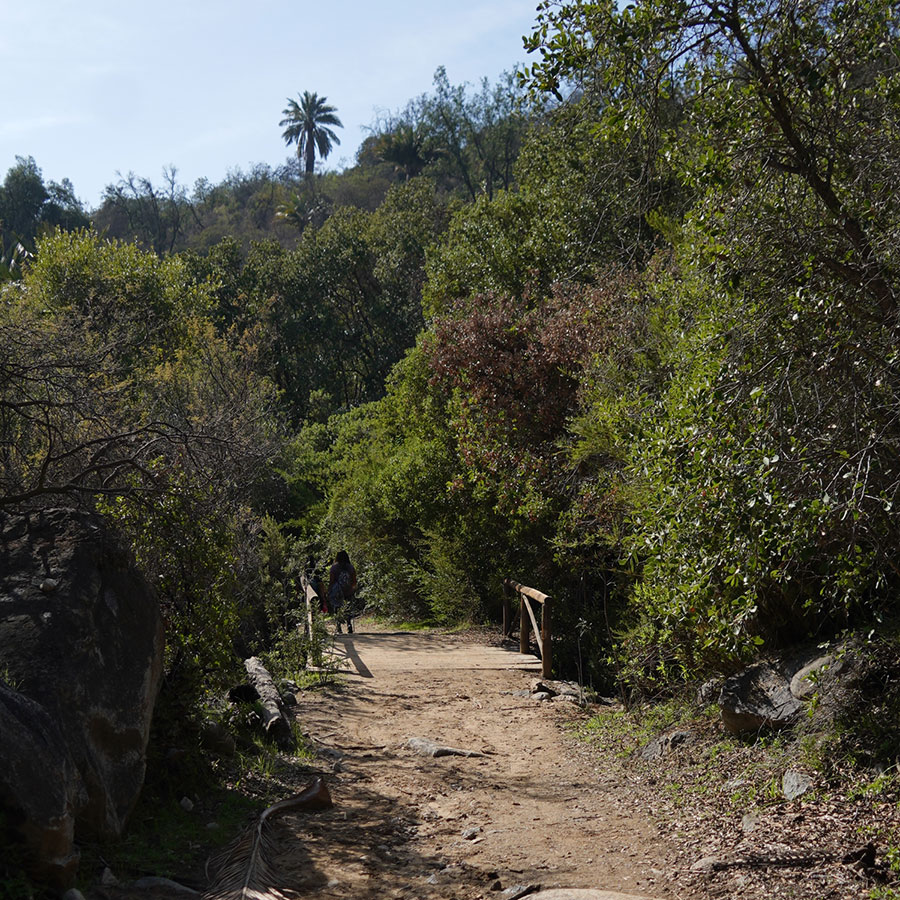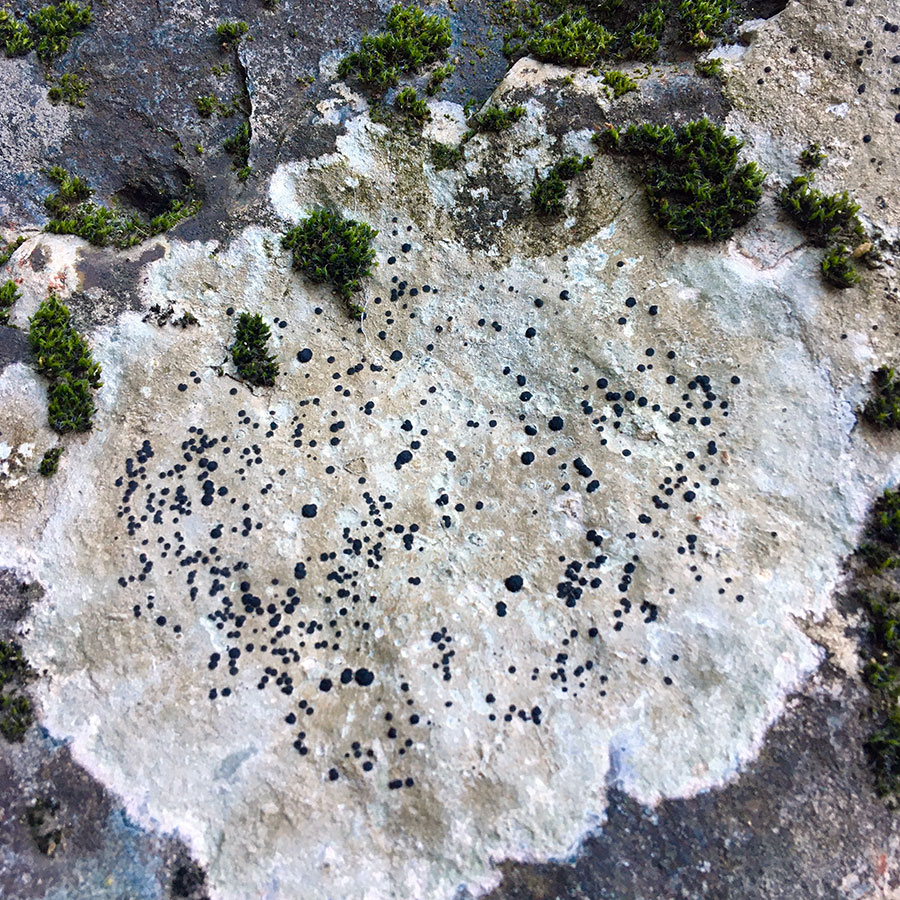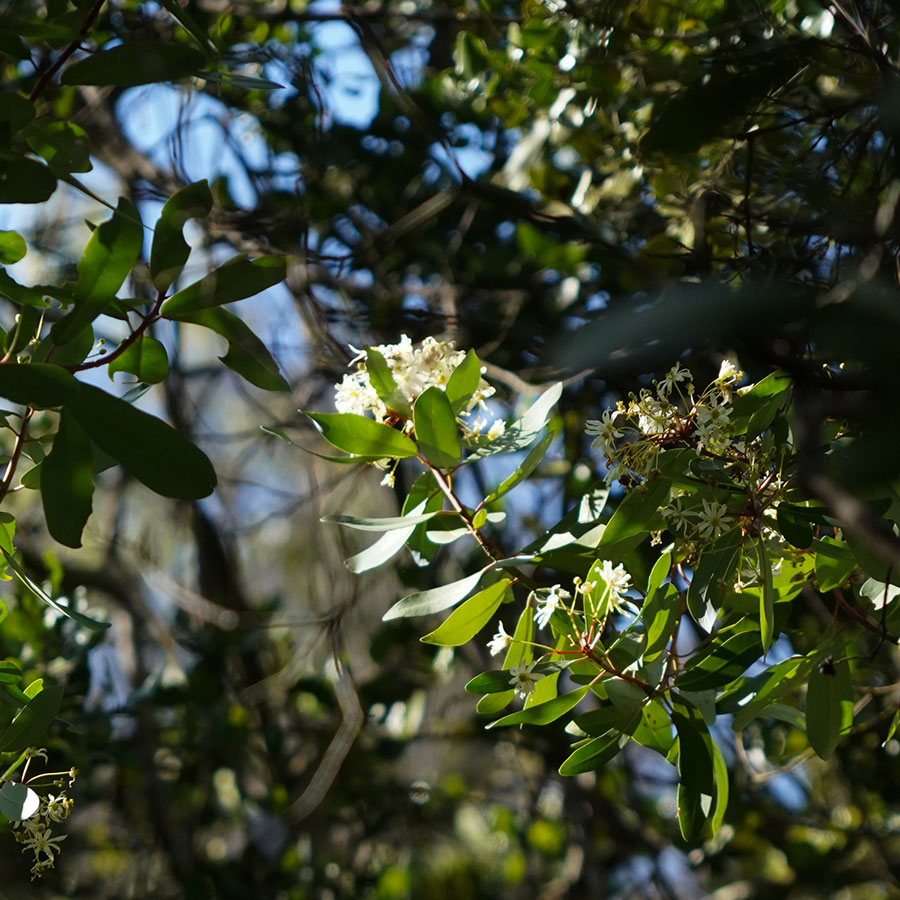Lingue and Canelo
Granizo - Ocoa Crossing - Item N°4
In this sector of hygrophilous lauriphyllous forest, two new species of trees stand out, which require special environmental conditions to adapt to these latitudes.
The Lingue (Persea lingue), is endemic to Chile and is distributed between Aconcagua and Chiloé. It is an evergreen tree, reaching up to 25 m in height.
A relative of the avocado tree (Persea americana), it grows vertical when young, slowly widening its crown. Its smooth-edged leaves are elliptical, green above and reddish below. The fruit is a fleshy berry with a bluish-black seed, which especially attracts pigeons.
Its wood is highly valued. And its bark is used as an infusion in natural medicine: it contains tannin, applied in chronic dysentery and in cases of tumors, leucorrhea and chronic metritis.
The canelo (Drimys winteri), sacred tree of the Mapuche people, symbol of benevolence, peace and justice, extends between the region of Coquimbo and Cape Horn.
It is an evergreen tree, with dense foliage and a pyramidal crown. Its leaves are smooth, lustrous green on the top and grayer on the bottom. Its flowers are of regular size, pure white color and reddish petioles, which exhale a soft fragrance and conglomerate in a kind of cluster. Its fruits are blackish oval berries, containing 6 to 8 seeds.
For the machis, its bark and leaves have tonic and stimulating properties, healing pain and diseases. Its decoction was used to give baths to paralytics, in odontological treatments, ulcer and scabies. And on its branches the sick were laid down during steam baths".
It gained curative fame for the treatment of scurvy, a disease that devastated sailors crossing Cape Horn, due to the lack of vitamins. In 1579, John Winter, Sir Francis Drake's vice-admiral, took the bark to Europe after using it to cure the disease among crew members. Hence the scientific name assigned to the species is Drimys winteri.

